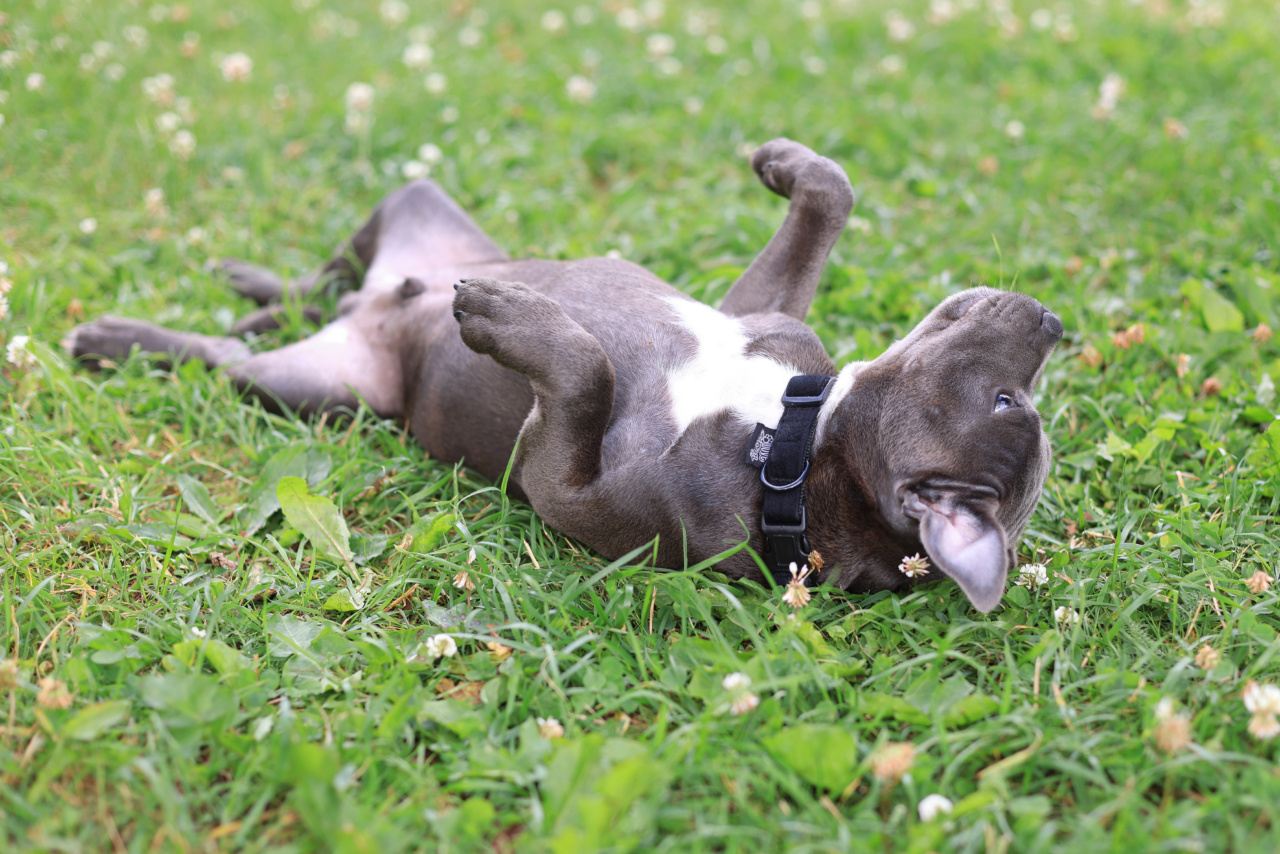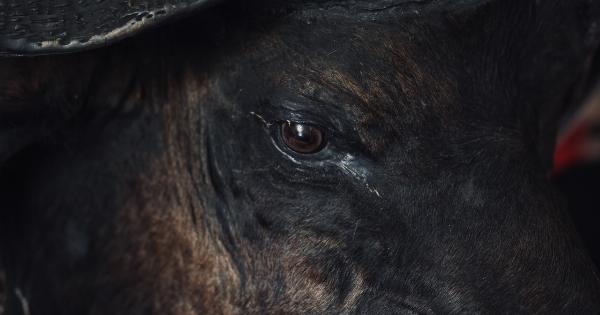When it comes to our furry friends, it is not uncommon for them to have fears and phobias just like humans do. While some fears may seem irrational to us, they are very real for our dogs.
Understanding their fears can help us provide the support they need to overcome them and lead happier lives. In this article, we will explore the four common fears that can spook your pooch.
Fear of Thunderstorms
One of the most common fears among dogs is the fear of thunderstorms. The loud noises, flashing lights, and changes in atmospheric pressure can trigger anxiety in many dogs.
Some dogs may pant excessively, tremble, seek shelter, or even exhibit destructive behavior during a storm. Helping your dog overcome this fear may involve creating a safe space, using calming aids like thundershirts, and gradually desensitizing them to storm-related stimuli.
Separation Anxiety
Being left alone is a fear that many dogs experience, known as separation anxiety. Dogs are social animals and being away from their human companions can cause immense stress.
Symptoms of separation anxiety include excessive barking, destructive behavior, and even urinating or defecating indoors. To help your pooch overcome separation anxiety, gradual desensitization, crate training, and providing mental stimulation can be beneficial.
Fear of Fireworks
The loud bangs and bright lights associated with fireworks can be terrifying for dogs. Many dogs suffer from a fear of fireworks, especially during holidays and celebrations.
This fear can cause them to exhibit behaviors like hiding, shaking, or even running away in panic. It is crucial to create a secure and comfortable environment for your dog during fireworks displays. Professional guidance, behavior modification techniques, and ensuring their identification tags are up to date can make a significant difference.
Anxiety from Loud Noises
While thunderstorms and fireworks are common triggers, dogs can also develop a generalized fear of loud noises. Vacuum cleaners, construction sounds, or even door slams can send them into a panic.
This fear can lead to restlessness, pacing, and excessive vocalization. Calming techniques, using white noise machines, and creating a safe space can assist in alleviating their anxiety during such situations.
Overcoming Your Dog’s Fears
When it comes to helping your dog overcome their fears, it is essential to be patient and understanding. Here are some tips that can aid you in the process:.
1. Gradual Exposure
Expose your dog to their fear-inducing stimuli gradually. Start with low-intensity versions of the trigger such as distant sounds of thunder or recorded sounds of fireworks.
Gradually increase the intensity over time while closely observing their reactions. This method, known as desensitization, can help them build resilience and reduce their fear response.
2. Counter-Conditioning
Pairing the fear-inducing stimuli with something positive can help change your dog’s emotional response. For example, during a thunderstorm, engage your dog in a fun game or give them a special treat to distract and create positive associations.
3. Seeking Professional Help
If your dog’s fears are severe and affecting their quality of life, it may be beneficial to consult a professional dog trainer or behaviorist.
They can provide individualized guidance and create a specific training program tailored to your dog’s needs.
4. Providing Safe Spaces
Create a designated safe space for your dog where they can retreat when they are scared. This space can be a crate filled with comfortable bedding or a quiet, enclosed area where they feel secure.
5. Calming Aids
There are various calming aids available on the market that can help soothe anxious dogs. Thundershirts, anxiety wraps, and pheromone diffusers are examples of such aids that can provide comfort to your pooch during distressing situations.
Conclusion
Fear and anxiety can significantly impact a dog’s well-being and behavior. As responsible pet owners, it is crucial for us to recognize and address these fears.
By understanding our dogs’ fears and employing appropriate techniques, we can support them in overcoming their anxieties and lead happier, more fulfilled lives.




























